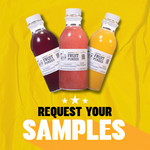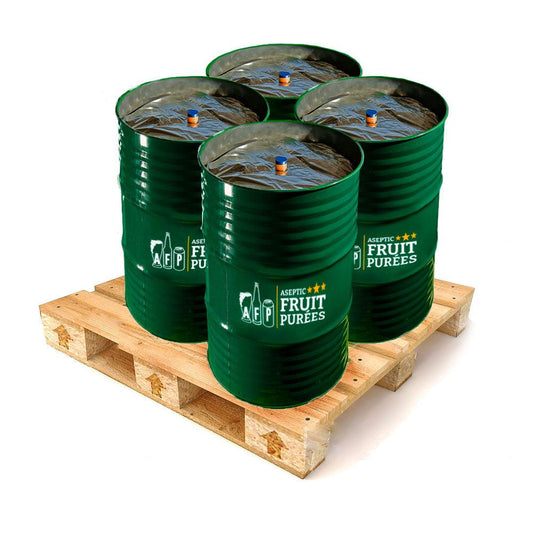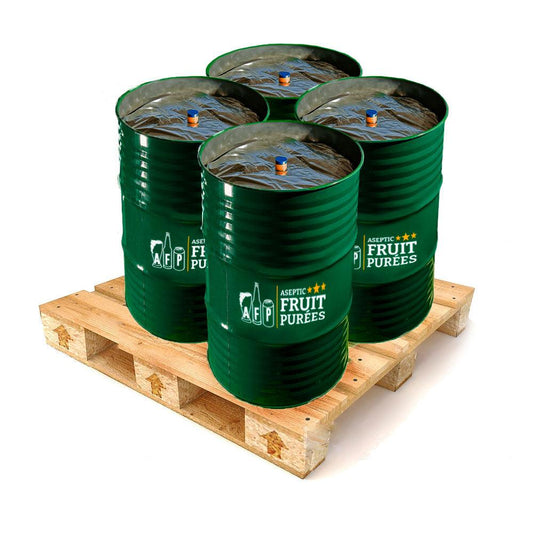Aristotle mused about distillation, he once wrote “Seawater can be made potable through distillation as well and wine and other liquids can be submitted to this same process.” Distillation is a process of liquid separation by use of evaporation and condensation. Early examples ranged from perfumes to water, and of course, alcohol. Using grain to produce alcohol supposedly date back to the Middle Ages. From its humble beginnings, future distilleries would see untapped innovation and become large factory-like operations with hundreds of thousands of gallons produced. Even in modern times, growth and evolution are in built upon daily; And when distillers saw the parallel happening in the craft beer industry paired with rapid growth, they certainly took notice.
Make Way for Modern Craft Spirits
Following the boom of the craft brewing industry, craft spirits were not far behind. The realization that one could make a product, then tweak it slightly creating a bevy of varieties proved to be an enticing one for distillers as well as brewers. Products that had once been made in faraway land were now made by your neighbors down the street, with you in mind. With the birth of the craft distillery industry, tasting rooms began to spring up all over the country and often one of a kind ‘house’ cocktails unique to that distillery. This led to distillers scratching their heads as to how to get these particular beverages in the hands of customers outside their facility – from at home to on the go. You guessed it, the birth of the “ready to drink” cocktail was born. Often these are classic cocktails that were once only enjoyed in exclusive locations, but now you can take them just about anywhere AND without sacrificing quality.
Wave of Ready to Drink Cocktails
There has been a substantial leap in innovation within the craft beverage circuit over the past fifteen years, and the “ready to drink” canned cocktail in one that will certainly keep evolving with time. As we become more focused on convenience and accessibility, this leaves the door open for distillers to go wild with possibilities. Imagine going to a tiki bar and ordering a fruit-filled beverage that made you feel like you had your toes in the sand in exotic location - except all you had to do was open an aluminum can and you were immediately transported, able to experience that visceral feeling without having to leave the comfort of your own home? That would be pretty amazing. While we aren’t talking about actual teleportation, the options are limitless when it comes to making innovative mixed drinks, that may or may not require fruit, which have the ability to transform your surroundings and state of mind. The same way that the craft beer industry has embraced natural fruit puree distillers are seeing the possibilities for fruit in their process.
Room for Fruit in Distillation
Whether you are planning on packaging a canned cocktail or making multiple drinks in your tasting room, there is room for a natural fruit puree. Tiki drinks are a trend that keep on trending. There is nothing better than escaping with a tropical drink, or the delicacy of your choice, to get you through these crazy times. The ticket to a better cocktail (or mocktail) may be a possibility with natural fruit puree. And everyone is able to get in on it. We’re talking Brandy, Vodka, Tequila, Gin, even Bourbon! There is room to play here. Blackberry brandy, blueberry vodka, orange tequila, lime gin, and some bourbon straight. These and many more are great additions to any beverage program. Using natural fruit puree could be a potential avenue for operations of any size.
And Now A Brief History of Winemaking
Winemaking has a much longer and some would dare to say a more complicated history than distillation. There is evidence of wine or a fermented grape beverage that dates back to 7000 BC or earlier. The first example was a mixture of rice and grapes. Wine as we know it did not come along until the Greeks started perfecting the beverage, thus spreading throughout the Mediterranean including the Middle East. From Sicily it traveled up north to Rome, and eventually reached Spain and France along with many other European countries. We have the Roman empire to thank for planting grapevines in these regions that are still major wine producers to this day.
Modernized Wine
Building upon our history lesson above, modern winemaking has its roots in California. It first came to the region during the Gold Rush but “new world wine” did not come on the scene until the 1980s. The main difference was the smaller oak barrels used to reduce the amount of time the wine needs to age. The fruit used was also taken into consideration more than in the past, such as grape varietals. This began the distinction between different wines and regions. I would love to go on about how genuinely fascinating “terrior” is, but we will save that for another time.
Fruit Meet Wine
You may think of wine and only consider grapes behind its many its fruity legs, but you would be missing out. Although grapes are the primary fruit used in wine there is plenty of room for other fruits to join the party. Winemaking, like brewing beer, is a mixture of art and science. It can be extremely expressive. From executing a new variety which no one else has ever done (and making it successful) to building upon a stable favorite and taking it to another level is all possible in this sector and can be considered the ultimate goal.
Going beyond fruit in wine, we have true fruit wine. Now, you might think fruit wine and a few couple things come to mind. “Oh, that stuff my aunt brings to Thanksgiving” or something that is often forgotten about in the back of the pantry for years. However, the popularity of mead in the past few years (as discussed in previous articles) leaves the fruit wine category begging for some innovation.
Now just because it is fun to mention, and because it is the result of two worlds colliding (and they will never tear us apart) we come to fortified wines. These are wines blended with spirits, usually brandy that traditionally come in super dry or heavily sweet versions. The distinction is whether the spirit is added to curb the fermentation or release it.
Let’s Put a Cork in It
Whether we are talking about pre-mixed, ready to drink cocktails in cans or served in your local tasting room there is an opportunity to do something special, and something different. For winemakers that embrace fruits other than grapes, this is an opportunity to do what may change the way we think about fruit wines. From distillation to wine making there is more than enough room for natural fruit purees to be included. Oh, we definitely need a fortified wine that features fruit too.
Nick Burgoyne is our Brewing Consultant
with more than 15 years of experience in the
craft beer industry. nick_burgoyne@yahoo.com














